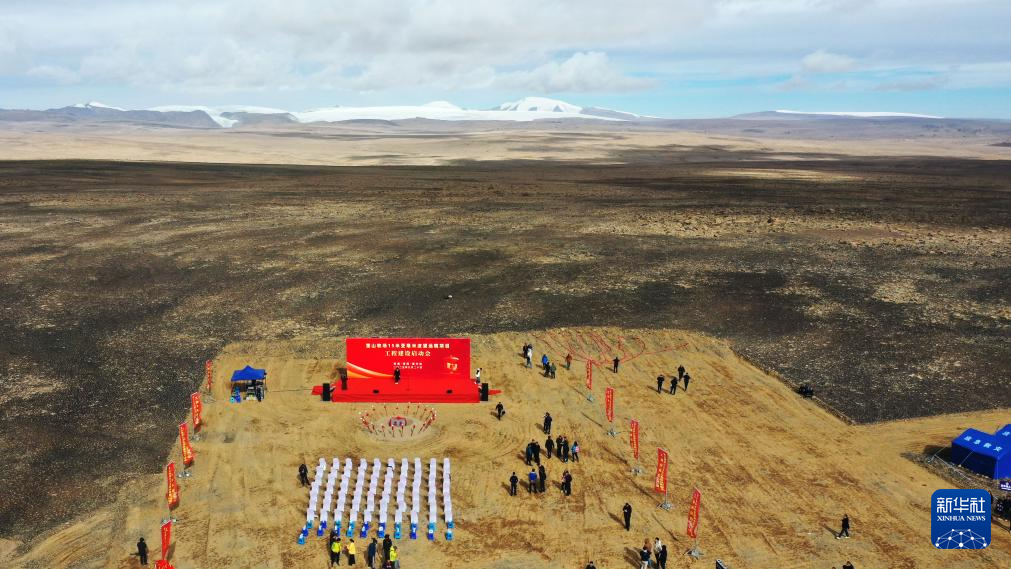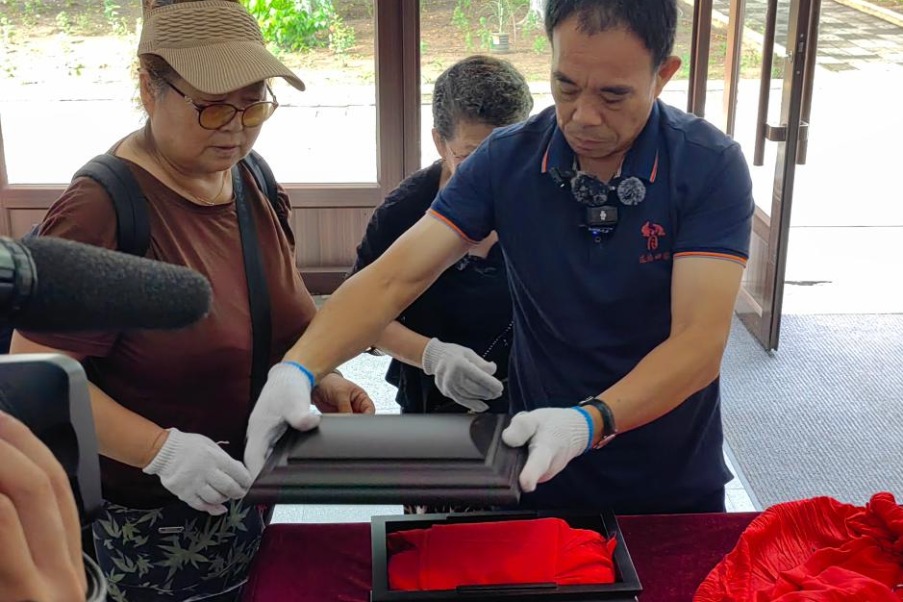China commences construction of high-precision telescope project on 'roof of the world'


XINING -- China on Saturday launched the construction of a new large astronomical observation project, the Xue-shan-mu-chang 15-meter SubMillimeter Telescope (XSMT).
Situated on the Qinghai-Tibet Plateau, this project aims to enhance the country's capabilities in exploring the cold, hidden universe by establishing a high-precision facility that addresses a notable gap in its existing astronomical infrastructure.
With a diameter of 15 meters, the telescope will be located in the city of Delingha, Northwest China's Qinghai province, at an altitude of 4,800 meters. Led by the Nanjing-based Purple Mountain Observatory under the Chinese Academy of Sciences, the project is scheduled to be completed in 2027.
In the universe, the formation processes of stars and planets are frequently obscured by interstellar dust, which traditional optical telescopes cannot penetrate. However, submillimeter wave facilities are capable of unveiling the cold, dark interstellar atomic and molecular gases that lie hidden within this dust. They can not only reveal the laws of galaxy formation and evolution but also trace the origin clues of molecules related to cosmic life.
Submillimeter wave observations have strict requirements for the site conditions, and one is that the atmospheric water vapor content above it should remain low and stable.
According to scientists, the site of the telescope is located in the heart of the Qinghai-Tibet Plateau, known as "the roof of the world," featuring conditions such as high altitude, minimal human interference and extremely low water vapor, making it an ideal location for observations.
China lacks self-built and regularly operational observation facilities in the field of submillimeter wave astronomy. The planned XSMT will fill this gap and support China's frontier astronomical research, scientists said.
Li Jing, a researcher at Purple Mountain Observatory, said the XSMT will focus on four scientific directions: extragalactic astronomy, Milky Way structure, time-domain astronomy and astrochemistry.
Scientists also outlined the project background, construction progress and future development plans in an article published on Friday in the English-language journal SCIENCE CHINA Physics, Mechanics & Astronomy.
As China's first self-developed advanced submillimeter wave telescope, once completed, the XSMT is expected to join the next-generation Event Horizon Telescope, an Earth-sized virtual telescope network, contributing to the capture of dynamic images of black holes and enhancing China's international competitiveness in astronomy, the article said.
- China commences construction of high-precision telescope project on 'roof of the world'
- South China city reports over 1,700 Chikungunya cases
- Xinjiang starts building new expressway linking north and south
- Intl tourists captivated by traditional opera gala in Kunshan
- Training and transport jets showed at Changchun air show
- Dunhuang expo offers a key platform for dialogue among civilizations




































